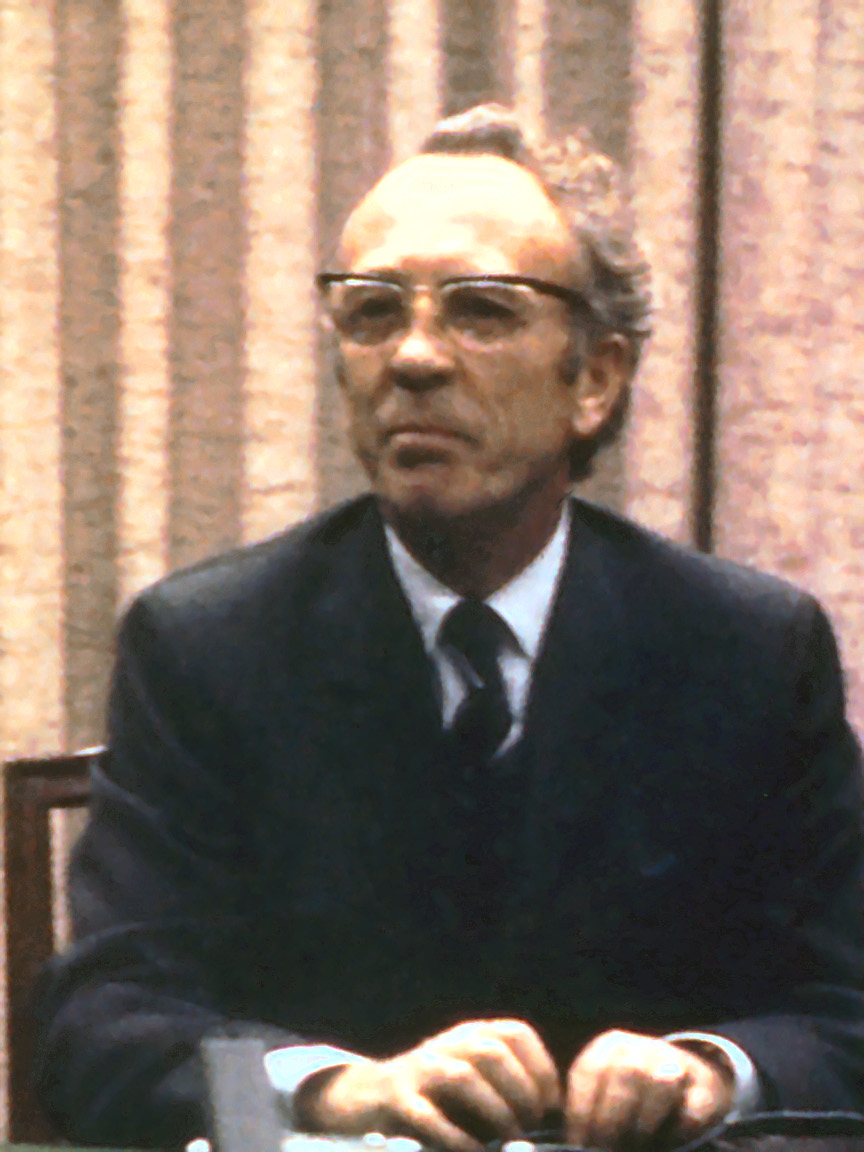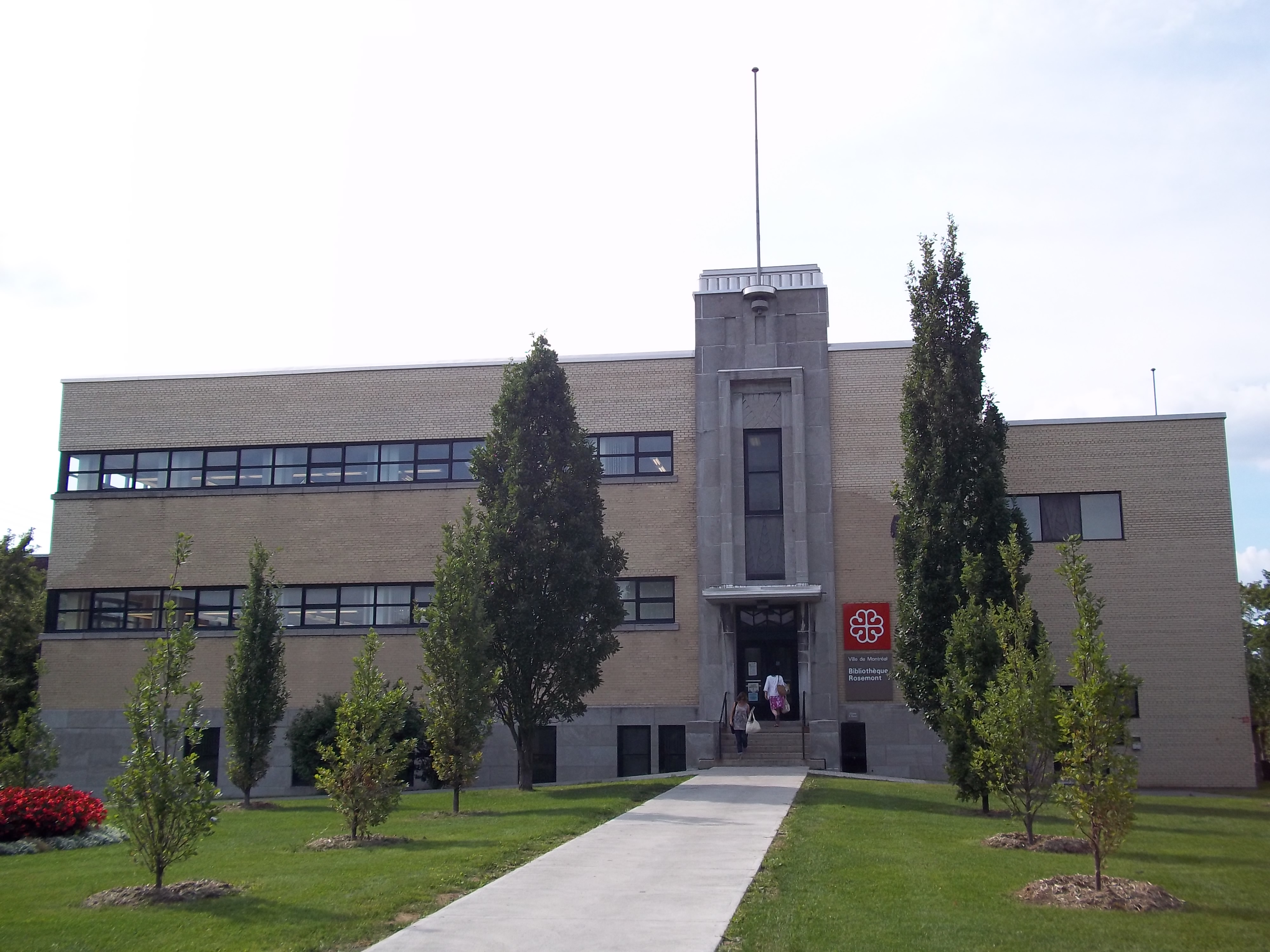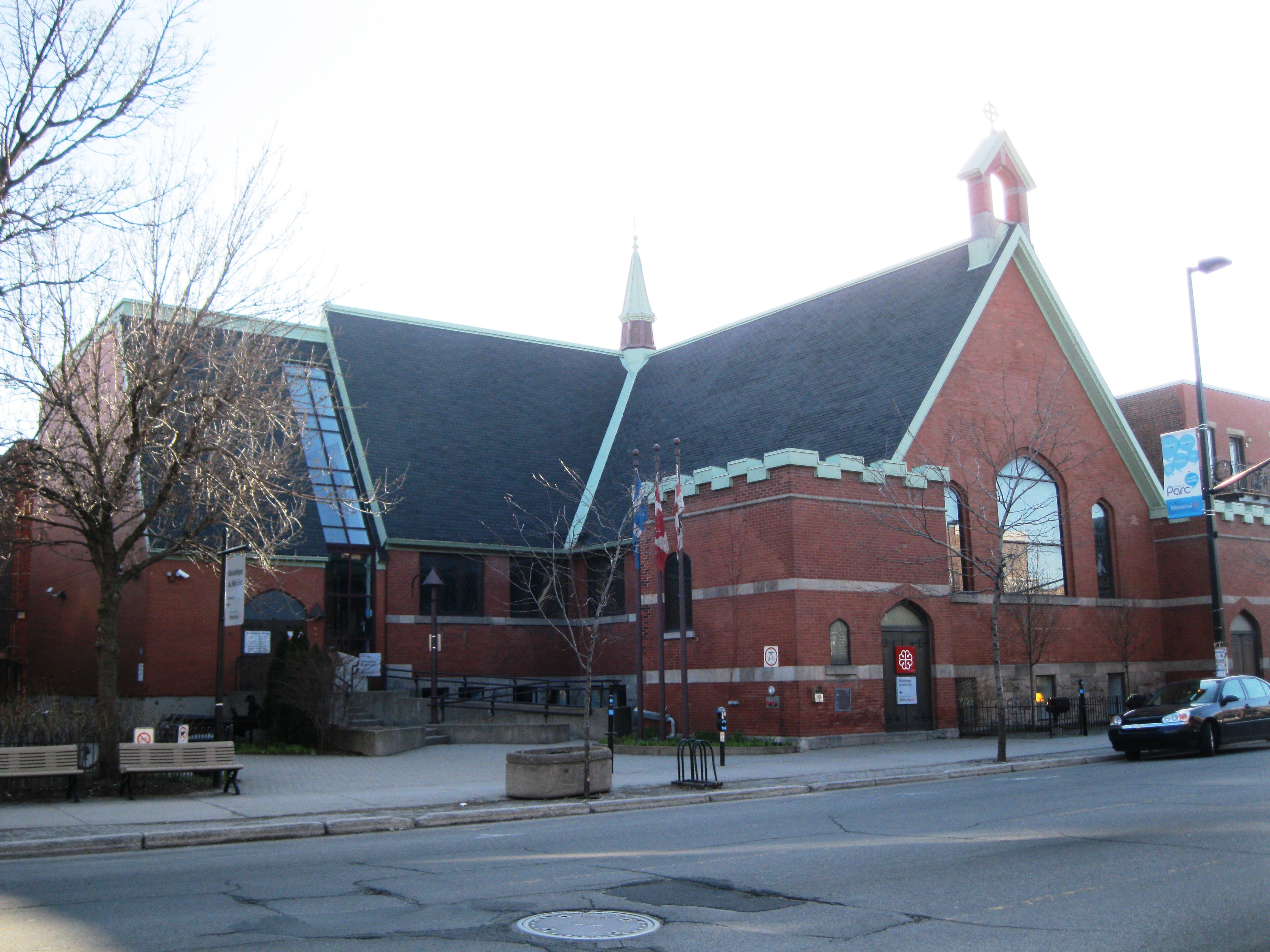|
2019 Outremont Federal By-election
A by-election was held in the federal riding of Outremont (electoral district), Outremont in Quebec on February 25, 2019 following the resignation of incumbent New Democratic MP Tom Mulcair. After 12 years in Parliament, the former Leader of the Official Opposition (Canada), Leader of the Official Opposition announced that he would resign his seat. The seat was gained by the Liberal Party of Canada, with Rachel Bendayan winning and becoming the new MP. Background Constituency Outremont is an urban constituency in Montreal; the List of the largest municipalities in Canada by population, second-most populous city in Canada and List of towns in Quebec, most populous city in the Provinces and territories of Canada, Canadian province of Quebec. The district includes the borough of Outremont (borough), Outremont, the eastern part of Côte-des-Neiges in the borough of Côte-des-Neiges—Notre-Dame-de-Grâce, and the western part of Mile End (Montreal), Mile End in the borough of Le ... [...More Info...] [...Related Items...] OR: [Wikipedia] [Google] [Baidu] |
Percentage Point
A percentage point or percent point is the unit for the arithmetic difference between two percentages. For example, moving up from 40 percent to 44 percent is an increase of 4 percentage points, but a 10-percent increase in the quantity being measured. In literature, the unit is usually either written out, or abbreviated as ''pp'' or ''p.p.'' to avoid ambiguity. After the first occurrence, some writers abbreviate by using just "point" or "points". Differences between percentages and percentage points Consider the following hypothetical example: In 1980, 50 percent of the population smoked, and in 1990 only 40 percent of the population smoked. One can thus say that from 1980 to 1990, the prevalence of smoking decreased by 10 ''percentage points'' (or by 10 percent of the population) or by ''20 percent'' when talking about smokers only - percentages indicate proportionate part of a total. Percentage-point differences are one way to express a risk or probability. Consider a drug ... [...More Info...] [...Related Items...] OR: [Wikipedia] [Google] [Baidu] |
Provinces And Territories Of Canada
Within the geographical areas of Canada, the ten provinces and three territories are sub-national administrative divisions under the jurisdiction of the Canadian Constitution. In the 1867 Canadian Confederation, three provinces of British North America—New Brunswick, Nova Scotia, and the Province of Canada (which upon Confederation was divided into Ontario and Quebec)—united to form a federation, becoming a fully independent country over the next century. Over its history, Canada's international borders have changed several times as it has added territories and provinces, making it the world's second-largest country by area. The major difference between a Canadian province and a territory is that provinces receive their power and authority from the '' Constitution Act, 1867'' (formerly called the '' British North America Act, 1867''), whereas territorial governments are creatures of statute with powers delegated to them by the Parliament of Canada. The powers flowing ... [...More Info...] [...Related Items...] OR: [Wikipedia] [Google] [Baidu] |
New Democratic Party
The New Democratic Party (NDP; french: Nouveau Parti démocratique, NPD) is a federal political party in Canada. Widely described as social democratic,The party is widely described as social democratic: * * * * * * * * * * * * the party occupies the left, to centre-left on the political spectrum, sitting to the left of the Liberal Party. The party was founded in 1961 by the Co-operative Commonwealth Federation (CCF) and the Canadian Labour Congress (CLC). The federal and provincial (or territorial) level NDPs are more integrated than other political parties in Canada, and have shared membership (except for the New Democratic Party of Quebec). The NDP has never won the largest share of seats at the federal level and thus has never formed government. From 2011 to 2015, it formed the Official Opposition, but apart from that, it has been the third or fourth-largest party in the House of Commons. However, the party has held considerable influence during periods ... [...More Info...] [...Related Items...] OR: [Wikipedia] [Google] [Baidu] |
Canadian Federal Election Results In Western Montreal
Canadian federal elections have provided the following results in Western Montreal. Regional profile Montreal boasts some of the most highly polarized political geography in Canada. While the sovereigntist Bloc Québécois dominated the mostly francophone East End for 20 years, the largely anglophone and Jewish western portions of the city have been a Liberal and federalist fortress for over six decades, being to the Liberals what rural Alberta is to the Conservatives. The region is home to some of the safest Liberal ridings in the nation (e.g. Mount Royal and Saint-Laurent—Cartierville). Even in the surge of support for Brian Mulroney in Quebec in 1984 and 1988, the Liberals took the most seats in this region. This continued amid the Liberal meltdown in Quebec in 2006, although one seat at the eastern end of the area was lost to the Bloc. Before 2011, 1984 was the only election in recent memory in which traditional Liberal dominance was seriously threatened in this region. T ... [...More Info...] [...Related Items...] OR: [Wikipedia] [Google] [Baidu] |
Villeray–Saint-Michel–Parc-Extension
Villeray–Saint-Michel–Parc-Extension is a borough (''arrondissement'') in the city of Montreal, Quebec. It had a population of 143,853 according to the 2016 Census and a land area of . The borough of Villeray–Saint-Michel–Parc-Extension was created on January 1, 2002, following the municipal reorganization of Montreal. The borough includes the neighbourhoods of Villeray, Saint-Michel, and Parc-Extension. History Until the late Nineteenth century, the area that today comprises the borough of Villeray–Saint-Michel–Parc-Extension was predominantly rural and dotted with farms. The inauguration of the Canadian Pacific Railway in 1878 and the arrival of electric streetcars in 1892 permitted the growth of Villeray. It was also in this era that the Italian immigrant community chose the neighbourhood as their preferred location. In the early Twentieth century, Park Extension became industrialized, and a dozen quarries opened which led to the economic development of the ... [...More Info...] [...Related Items...] OR: [Wikipedia] [Google] [Baidu] |
Parc Extension
Park Extension (french: Links=no, Parc-Extension) is a neighbourhood in the city of Montréal, Québec. It is located in the borough of Villeray–Saint-Michel–Parc-Extension and has a population of 33,800 and an area of 1.6 km² (400 acres). The name derives from the fact that it is situated at the north end of Park Avenue and is literally an "extension" of the artery. The area is known by locals as "Park Ex." History The area has always been a working-class neighbourhood, and understanding Park Extension's place in Montreal is to know how Montreal developed. Montreal started from a small fortified city by the Saint Lawrence River; and expanded north towards the Laurentian Mountains. Being at the head of Park Avenue, Park Extension formed the northern end of Montreal's immigrant corridor. Park Extension was a mid-20th century suburb. It was a rural area prior to the 1950s. Starting in the early 1950s there was rapid housing development in the northern reaches of Park Ex ... [...More Info...] [...Related Items...] OR: [Wikipedia] [Google] [Baidu] |
Rosemont–La Petite-Patrie
Rosemont–La Petite-Patrie is a borough (''arrondissement'') in the city of Montreal, Quebec, Canada. It is located in the centre-east of the city. Geography The borough is bordered to the northwest by Villeray–Saint-Michel–Parc-Extension, to the northeast by Saint Leonard, to the southeast by Mercier—Hochelaga-Maisonneuve, to the southwest by Le Plateau-Mont-Royal and its Mile End neighbourhood, and to the west by Outremont. It has a population of 139,950 and an area of 15.9 km². Government Municipal As of the November 7, 2021 Montreal municipal election, the current borough council consists of the following councillors: Federal and provincial The borough is divided among the following federal ridings: * Rosemont—La Petite-Patrie, Alexandre Boulerice, M.P. NDP * Hochelaga, Soraya Martinez Ferrada, M.P. Liberal Party of Canada * Outremont, Rachel Bendayan, M.P. Liberal Party of Canada It is divided among the following provincial electoral districts: ... [...More Info...] [...Related Items...] OR: [Wikipedia] [Google] [Baidu] |
La Petite-Patrie
La Petite-Patrie is a neighbourhood of Montreal, Quebec, Canada. It is located in the borough of Rosemont–La Petite-Patrie. The area is bounded on the west by Hutchison Street, to the north by Jean Talon Street, to the south by the Canadian Pacific Railway tracks, and to the east by d'Iberville Street. La Petite-Patrie is named after the novel ''La Petite Patrie'' by Claude Jasmin, which was published in 1972 and was adapted into television series ('' La Petite Patrie'') shortly afterward. Originally a working-class neighbourhood, La Petite-Patrie began to gentrify in the early 21st century. History Until the late 19th century, La Petite-Patrie was mainly agricultural, with the exception of limestone quarries, now the location of Père Marquette Park. The construction of a tramway in 1892 linking downtown to Sault-au-Récollet led to the urbanization of the area, which continued until about 1930. It was still a predominantly-residential neighborhood since the only employment ... [...More Info...] [...Related Items...] OR: [Wikipedia] [Google] [Baidu] |
Ville-Marie, Montreal
Ville-Marie is the name of a borough (''arrondissement'') in the centre of Montreal, Quebec. The borough is named after Fort Ville-Marie, the French settlement that would later become Montreal (now Old Montreal), which was located within the present-day borough. Old Montreal is a National Historic Site of Canada. The borough comprises all of downtown Montreal, including the Quartier des spectacles; Old Montreal and the Old Port; the Centre-Sud area; most of Mount Royal Park as well as Saint Helen's Island and Île Notre-Dame. In 2016, it had a population of 89,170 and an area of . Geography It is bordered by the city of Westmount (along Atwater Avenue) to the west and the boroughs of Le Sud-Ouest (along the Autoroute Ville-Marie, Guy and Notre-Dame streets, and the Bonaventure Autoroute) to the southwest, Mercier–Hochelaga-Maisonneuve (along the CP rail lines) to the east, Le Plateau-Mont-Royal (along Sherbrooke, University streets, and Pine and Park avenues) to ... [...More Info...] [...Related Items...] OR: [Wikipedia] [Google] [Baidu] |
Downtown Montreal
Downtown Montreal (French language, French: ''Centre-Ville de Montréal'') is the central business district of Montreal, Quebec, Canada. The district is situated on the southernmost slope of Mount Royal, and occupies the western portion of the borough of Ville-Marie, Montreal, Ville-Marie. It is bounded by Mount Royal Park to the north, Le Plateau-Mont-Royal to the northeast, the Quartier Latin, Montreal, Quartier Latin and Gay Village, Montreal, Gay Village areas to the east, Old Montreal and the Cité du Multimédia to the south, Griffintown and Little Burgundy to the southwest, and the city of Westmount, Quebec, Westmount to the west. The downtown region houses many corporate headquarters as well a large majority of the city's skyscrapers — which, by law, cannot be greater in height than Mount Royal in order to preserve the aesthetic predominance and intimidation factor of the mountain. The two tallest of these are the 1000 de La Gauchetière and 1250 René-Lévesque, both ... [...More Info...] [...Related Items...] OR: [Wikipedia] [Google] [Baidu] |
Le Plateau-Mont-Royal
Le Plateau-Mont-Royal () is a borough (''arrondissement'') of the city of Montreal, Quebec, Canada. The Plateau-Mont-Royal takes its name from its location on a plateau, on the eastern side of Mont-Royal and overlooking downtown Montreal, across its southern border. The borough is bordered to the south by Sherbrooke Street; to the north and north-east by the Canadian Pacific Railway tracks; and to the west by Hutchison (north of Mount Royal Avenue), Park Avenue (between Mount Royal and Pine Avenue) and University Street (south of Pine Avenue). It is the most densely populated borough in Canada, with 101,054 people living in an 8.1 square kilometre (3¼ sq. mi.) area. There is a difference between the borough, Plateau-Mont-Royal—a political division of the City of Montreal—and the neighbourhood referred to as "the Plateau". The borough includes not only the Plateau proper, but also the neighbourhoods of Mile End (bounded by Avenue du Mont-Royal to the south and the Avenue ... [...More Info...] [...Related Items...] OR: [Wikipedia] [Google] [Baidu] |
Mile End (Montreal)
Mile End is a neighbourhood and municipal electoral district in the city of Montreal, Quebec, Canada. It is part of the Plateau-Mont-Royal borough in terms of Montreal's municipal politics. Description Since the 1980s Mile End has been known for its culture as an artistic neighbourhood, home to artists, musicians, writers, and filmmakers such as Arcade Fire, Bran Van 3000, Ariane Moffatt, Grimes, Sean Michaels, Plants and Animals, and Mac Demarco, etc. Many art galleries, designers' workshops, boutiques and cafés are found in the neighbourhood, which have played a large role in Mile End being included on numerous lists outlining the world's most cool and unique neighbourhoods. The comic book company Drawn & Quarterly was founded in Mile End in 1989, and in 2007 opened up a flagship store on Bernard that is now regarded as the literary hub of the neighbourhood. In 1993 a former Anglican church (south of St. Viateur on Park Ave.) was transformed into Mile End Library. This ... [...More Info...] [...Related Items...] OR: [Wikipedia] [Google] [Baidu] |





